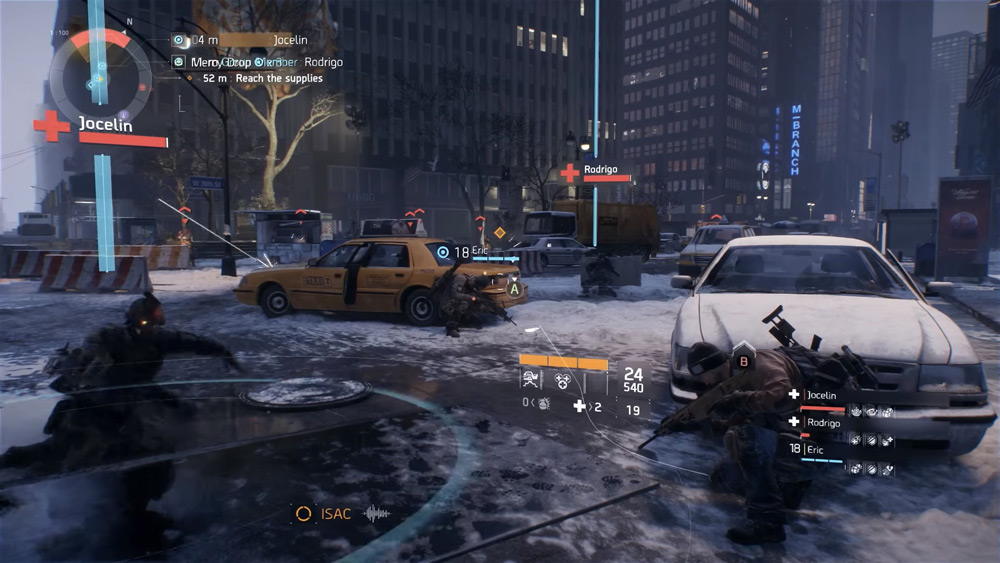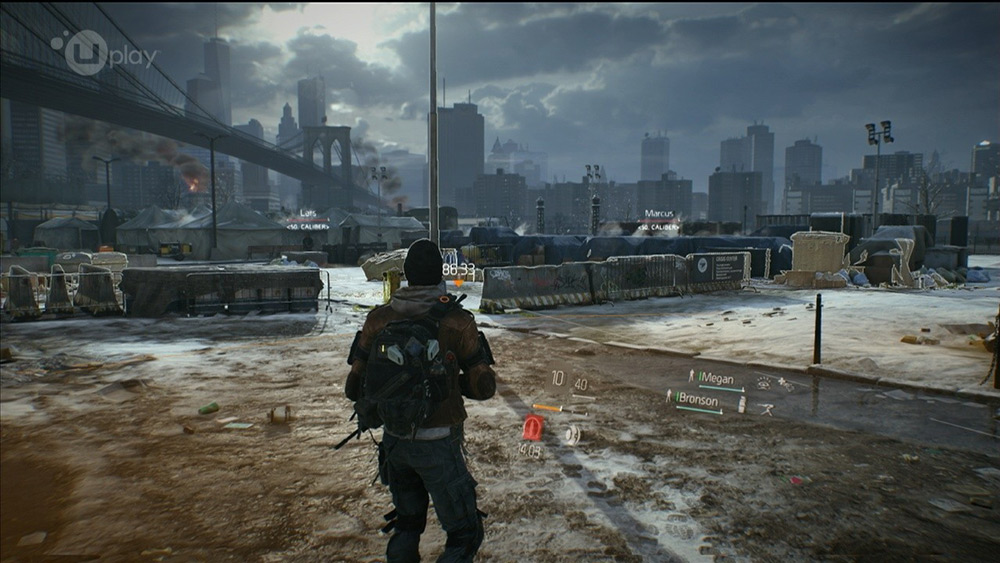TL;DR
The Division, a highly anticipated online shooter RPG, has launched with massive sales, even surpassing Destiny. Set in a chaotic, post-pandemic New York, players restore order as agents. It boasts engaging cover-based combat, RPG progression, and a tense Dark Zone for PvPvE. While graphically impressive and immersive with excellent sound design, it mirrors Destiny's long-term online focus. Performance varies across consoles, and the narrative, while functional, could be deeper. If you enjoy tactical team-based shooting with progression and a vast open world, you'll want to dive into the full review to see if it's your next obsession.
Following a trajectory familiar to many AAA titles, characterized by delays, hype, graphical downgrades, and ultimately, record-breaking sales upon release, the question arises: Is The Division a legitimate contender for game of the year?
Swedish game studio Massive in Malmö has been experiencing a period of intense activity. Not only have they launched one of the most anticipated games of the year, culminating three years of build-up since its initial unveiling at E3, but they have also surpassed Destiny in terms of initial sales success. Revenue figures reached a substantial $330 million within the first few days. Destiny serves as a relevant point of comparison for The Division, as the two games share notable similarities, both positive and negative.
While Destiny is a first-person shooter (FPS), The Division adopts a cover-shooter mechanic with role-playing elements from a third-person perspective. It is designed as an online multiplayer experience, intended to be played with friends or other players, and built to support long-term development. The core narrative revolves around the collapse of New York City following a biological incident, plunging the metropolis into chaos. Law enforcement has been overwhelmed, and citizens are fighting for scarce resources such as medicine, weapons, and food. Hostile factions control sections of the city, and the player, as a member of a specialized unit, is tasked with restoring order. After character creation, which is less intricate than that of Fallout 4, the player embarks on their initial mission. The game’s fundamentals are introduced through character progression, engaging in combat, and acquiring increasingly powerful equipment. The narrative of The Division, while not groundbreaking, provides a sufficient framework and motivation to progress through successive missions. These missions primarily involve securing bases or rescuing allies, ideally with a team of four players, although solo play is viable. In this aspect, The Division mirrors Destiny, but features faster and more streamlined matchmaking. However, the risk of game crashes persists, a frequent issue at launch, potentially disconnecting players from their matches. Fortunately, the game often allows players to resume their progress from where they left off, an improvement over Destiny’s initial shortcomings regarding server stability.
The Division is fundamentally a shooter with RPG-style progression. Gameplay emphasizes strategic cover usage, tactical planning, and coordinated teamwork, especially in supporting teammates with healing. Engagements can be prolonged, and enemies, particularly boss encounters, possess significant resilience. Instances may occur where multiple players expend considerable ammunition on a single opponent, resulting in a somewhat protracted battle. While The Division delivers action-oriented gameplay and aims to create an immersive atmosphere, it does not strive for strict realism.
A compelling element of the game is the Dark Zone, a designated area where unpredictable events can unfold. These zones feature challenging enemies that offer valuable rewards, including powerful weapons and equipment. Players can choose to collaborate with others or betray them to seize their loot. However, such actions carry potential consequences.
The Division effectively establishes an immersive audio-visual environment. This review is based on the Xbox One version, which exhibits slightly lower performance compared to the PS4. In certain situations, visual clutter and minor graphical issues can arise, particularly in environments with a high level of detail. The PS4 version offers improved visual fidelity and a higher frame rate, though the Xbox One version remains visually appealing. The Division presents a stylized experience, though, like The Witcher 3, the final product does not fully match the visual fidelity initially showcased in 2013. Massive effectively utilizes weather and day-night cycles, rendering a hauntingly realistic depiction of Manhattan as a desolate ghost town. The sound design is well-balanced, contributing to both tension and immersion. Spatial audio cues allow players to identify enemy positions, and voice acting dynamically adapts to the player’s location. The script and dialogue are of varying quality, but the voice acting is generally well-executed.
This is an expansive game, particularly for players who intend to explore side missions, weapon crafting, unlockable and upgradeable units, and extensive character progression. Early gameplay emphasizes exploration and combat to attain the required levels for more significant missions. Time tends to pass quickly when playing The Division, indicative of its engaging and addictive nature. However, after extended play and repetitive missions, a more compelling storyline becomes desirable. Ultimately, expansive game worlds rely on narrative depth. While the ending may not satisfy all players, it suggests that The Division, similar to Destiny – The Taken King, is conceived as an ongoing experience that will be enhanced with future updates and downloadable content (DLC). Solo play is possible, but the online multiplayer experience is more engaging, especially with known players (though the matchmaking system is also effective). Overall, it provides an enjoyable gaming experience that can captivate players for many hours. The key question is its long-term evolution and sustained engagement. We anticipate more character-driven narratives in future updates. Until then, we expect to continue playing and reach the level cap, even in the Dark Zone… See you there!




